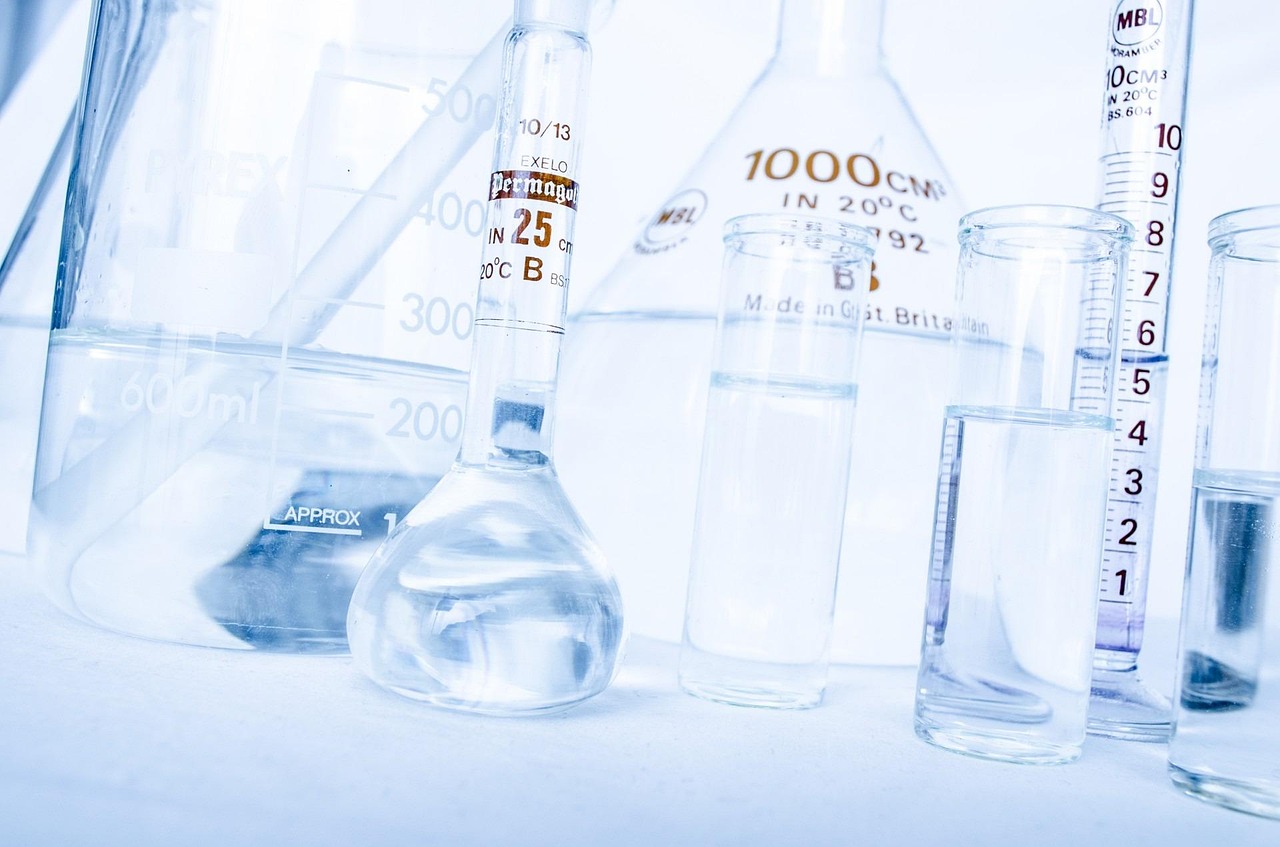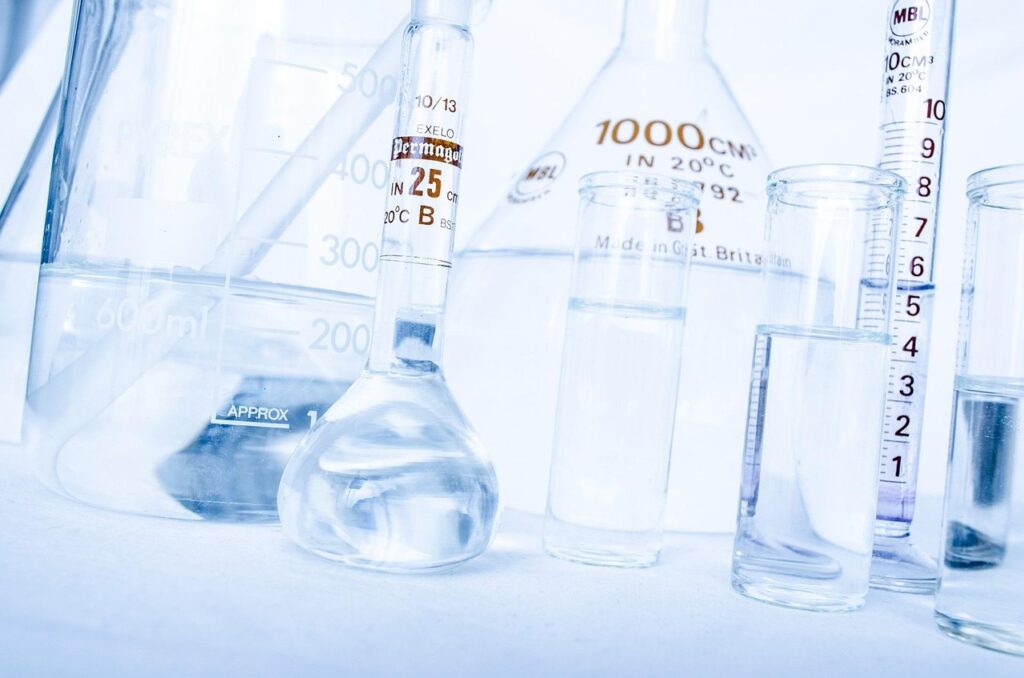In the food sector, shelf life analysis is essential for preserving food safety, quality, and regulatory compliance. Shelf life study guarantees that consumers obtain fresh and safe food goods by evaluating how long a product will last under different situations. We’ll go over the definition of shelf life analysis, its techniques, and its importance for food safety in this post.
Understanding Shelf Life Analysis
The methodical process of determining how long a product can be safe and appropriate for consumption under particular storage conditions is called shelf life analysis. A number of variables are taken into account in the analysis, such as packing, humidity, temperature, and the presence of preservatives. Manufacturers use this testing to determine the “best-before” or expiration date, which informs customers of when the product will be at its safest and highest quality.
For the product to reach the consumer with the same intended flavor, texture, nutritional content, and—above all—safety, this procedure is necessary. Scientific testing techniques that evaluate the product’s physical, chemical, and microbiological changes over time are used to analyze shelf life. These techniques assist in determining when a product will begin to deteriorate or become hazardous.
The Importance of Shelf Life Analysis in Food Safety
Because customers and regulatory agencies are so concerned about food safety, shelf life analysis is an essential component of the food production process. In addition to shielding customers from tainted or ruined food, proper shelf life testing aids producers in adhering to food safety laws.
1. Defending Customers Against Foodborne Diseases
The ability of shelf life analysis to avoid foodborne infections is among its most important applications. Food items may develop dangerous germs, molds, or yeasts over time, rendering them unfit for human consumption. Manufacturers can set suitable expiration dates by using shelf-life testing to determine when microbial growth is likely to reach dangerous levels. By doing this, customers are guaranteed to come across fewer products that may cause foodborne illnesses like salmonella, listeria, or E. coli.
2. Preserving the Quality of the Product
In addition to safety, shelf life analysis ensures that goods maintain their quality while being transported and stored. Over time, oxidation, moisture loss, and chemical reactions can cause food to lose its flavor, texture, and appearance. Manufacturers can identify the ideal packaging materials and storage conditions to maintain the product’s intended quality by using shelf life analysis. This improves the reputation of the brand and satisfies customers.
3. Encouragement of Adherence to Regulations
Food safety authorities in several nations mandate that food goods show expiration dates derived from scientifically proven techniques, such as shelf life analysis. This rule is essential for guaranteeing that food goods are safe until their specified expiration date and that manufacturers give consumers correct information. A company’s reputation may suffer if trustworthy shelf life testing is not carried out because it may result in fines, regulatory problems, and product recalls.
4. Reducing Food Waste
Accurate shelf life analysis can also play a significant role in reducing food waste. Overly conservative expiration dates can lead to unnecessary waste if food is discarded while still safe to consume. By precisely determining the actual shelf life, food manufacturers can set realistic expiration dates, minimizing waste and making the food industry more sustainable. This is increasingly important as consumers become more conscious of environmental impacts.
5. Improving Storage and Packaging
Analysis of shelf life can also affect storage and packaging choices. Because they offer superior defense against environmental elements including light, oxygen, and moisture, some package designs can increase shelf life. For instance, lowering the oxygen content of packaged foods using vacuum-sealed or modified-atmosphere packaging can delay the growth of aerobic germs and maintain freshness. Manufacturers may further improve safety and quality by using shelf-life testing to assist them choose the best packaging for each product.

Methods Used in Shelf Life Analysis
Shelf life analysis relies on several methods to evaluate a food product’s longevity, with each method tailored to the specific characteristics of the food item. These methods can vary depending on whether the primary concern is microbial growth, chemical degradation, or physical changes.
1. Microbial Testing
Microbial testing evaluates the development of molds, yeasts, and bacteria throughout time. These microbes have the potential to render food unfit for human eating as they grow. The length of time a product can remain safe under normal storage settings is determined by microbial shelf life testing. This is especially crucial for perishable goods like meat, dairy, and prepared foods.
2. Chemical Analysis
Oxidation is one of the chemical processes that can cause spoiling. For example, food fats and oils can become rancid, which compromises the product’s safety and flavor. When these reactions become substantial enough to compromise the food’s safety or quality, chemical analysis can assist in identifying it. Oxidation markers, moisture content, and pH levels are common chemical indicators used in shelf life studies.
3. Sensory Evaluation
Assessing how food changes in flavor, aroma, texture, and appearance over time is known as sensory evaluation. Over time, a group of skilled testers assesses these factors to identify when a product no longer satisfies the required quality standards. Sensory analysis offers information on how customers may view the product at various points during its shelf life.
4. Accelerated Shelf Life Testing
Through the use of harsher-than-normal circumstances, such as greater temperatures or humidity levels, accelerated shelf life testing (ASLT) simulates the consequences of long-term storage in a shorter amount of time. Because it enables manufacturers to anticipate the expiration date without having to wait months or years, this method can be advantageous for items with long shelf lives. To guarantee precise forecasts of shelf life in the actual world, ASLT must be carried out with caution.
5. Challenge Testing
Challenge testing introduces specific microorganisms to the food product to evaluate its resistance to spoilage or contamination. This test is typically used for foods that are prone to contamination, such as dairy products and deli meats. Challenge testing helps establish guidelines for safe storage and handling practices.
Conclusion: Shelf Life Analysis as a Pillar of Food Safety
Shelf life analysis is an indispensable tool in the food industry, ensuring that products reaching consumers are both safe and high-quality. By understanding the factors that impact shelf life and conducting thorough testing, manufacturers can set accurate expiration dates, optimize packaging, and comply with safety regulations.
Through shelf life analysis, the food industry can protect public health, prevent foodborne illnesses, and reduce waste, supporting a safer and more sustainable food system. Whether you’re a small food producer or a large manufacturer, investing in reliable shelf life analysis is essential for delivering safe, high-quality products that consumers can trust.











